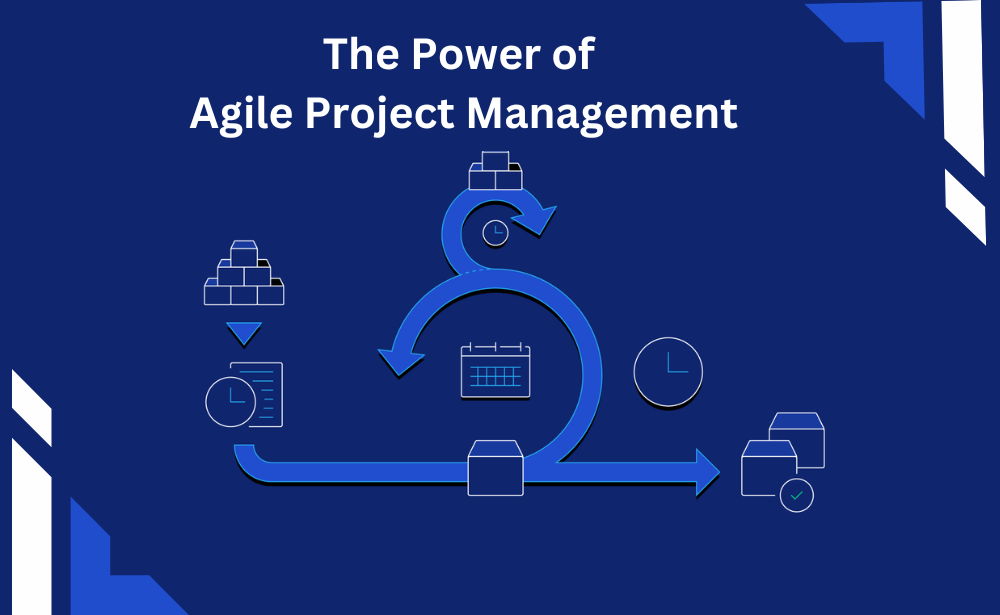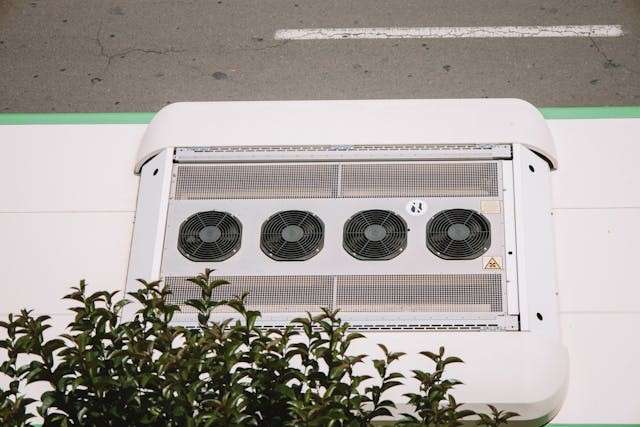Effective inventory management is crucial for the smooth operation of restaurants. It involves tracking, organizing, and controlling the flow of ingredients, supplies, and finished products. Proper inventory management ensures that restaurants have the right ingredients available at the right time while minimizing waste and optimizing profitability.
Restaurant management software plays a vital role in streamlining inventory management processes. It is a comprehensive solution that combines technology and tools to automate and optimize various inventory-related tasks. From tracking stock levels to generating reports, restaurant management software simplifies inventory management, saving time and enhancing efficiency.
Streamlined Inventory Tracking and Management
Real-time inventory tracking and stock level updates:
Restaurant management software enables real-time tracking of inventory levels. With a centralized system, restaurant owners and managers can monitor stock levels, ingredient usage, and depletion in real-time. This visibility allows for accurate stock management, ensuring that there are no shortages or excesses.
Automated inventory ordering and restocking:
Restaurant management software automates the inventory ordering and restocking process. It can be set up to generate purchase orders automatically based on predefined stock thresholds. This eliminates the need for manual intervention and ensures timely ordering, minimizing the risk of ingredient shortages.
Reduction of overstocking and food waste:
By providing accurate inventory data and automated reorder points, restaurant management software helps prevent overstocking. It eliminates guesswork and ensures that restaurants order the right quantities based on demand, reducing food waste and unnecessary costs.
Streamlined inventory reconciliation and reporting:
Restaurant management software simplifies inventory reconciliation by automating the tracking of ingredient usage, sales, and waste. It streamlines the process of reconciling physical inventory counts with recorded data, reducing the chances of errors and discrepancies. The software also generates comprehensive reports, providing insights into inventory performance, cost analysis, and trends.
Restaurant management software revolutionizes inventory tracking and management by offering real-time visibility, automation, waste reduction, and streamlined reporting. In the next sections, we will explore additional benefits and functionalities of restaurant management software for inventory management.
Cost Control and Efficiency
Accurate cost calculation through ingredient-level tracking:
Restaurant management software allows for ingredient-level tracking, enabling precise cost calculation for each menu item. By associating ingredient costs with recipes, the software provides accurate insights into the actual cost of producing each dish. This helps in pricing decisions, menu engineering, and cost control.
Prevention of inventory shrinkage and theft:
With restaurant management software, inventory shrinkage and theft can be significantly reduced. The software tracks ingredient usage and alerts management to any discrepancies between recorded and actual usage. This helps identify potential issues of theft or wastage, ensuring tighter control over inventory.
Streamlined purchase order and supplier management:
Restaurant management software streamlines the purchase order process by automating supplier management. It maintains a centralized database of suppliers, their contact information, pricing, and delivery schedules. This simplifies the process of ordering ingredients, managing vendor relationships, and ensuring timely deliveries.
Optimal stock levels and inventory forecasting:
By analyzing historical data and consumption patterns, restaurant management software enables accurate inventory forecasting. It helps determine optimal stock levels, taking into account factors such as seasonality, demand fluctuations, and sales trends. This prevents overstocking or understocking, minimizing inventory holding costs.
Enhanced Decision-Making and Analytics
Data-driven insights for inventory optimization:
Restaurant management software provides data-driven insights for inventory optimization. It offers reports and analytics on ingredient usage, stock turnover, and inventory performance. This helps identify opportunities for efficiency improvements, waste reduction, and cost savings.
Identifying trends and patterns for menu planning:
Leveraging data from the software, restaurant owners can identify trends and patterns in customer preferences, popular dishes, and ingredient usage. This information aids in menu planning, allowing for strategic decisions on menu offerings, seasonal specials, and promotions.
Analyzing ingredient costs and profitability:
Restaurant management software facilitates the analysis of ingredient costs and their impact on profitability. By evaluating ingredient costs against sales revenue, margins, and customer demand, businesses can make informed decisions about ingredient sourcing, pricing, and menu profitability.
Improving menu engineering and pricing strategies:
With insights from the software, restaurants can optimize menu engineering and pricing strategies. By analyzing ingredient costs, sales performance, and customer preferences, businesses can make data-backed decisions on menu item placement, pricing adjustments, and upselling opportunities.
Conclusion
Restaurant management software offers numerous benefits for inventory management, including streamlined tracking, cost control, efficiency, enhanced decision-making, and analytics.
To improve inventory control, reduce costs, and enhance profitability, businesses in the restaurant industry are encouraged to embrace the advantages of restaurant management software. It empowers them to make data-driven decisions, optimize inventory, and achieve operational excellence.









